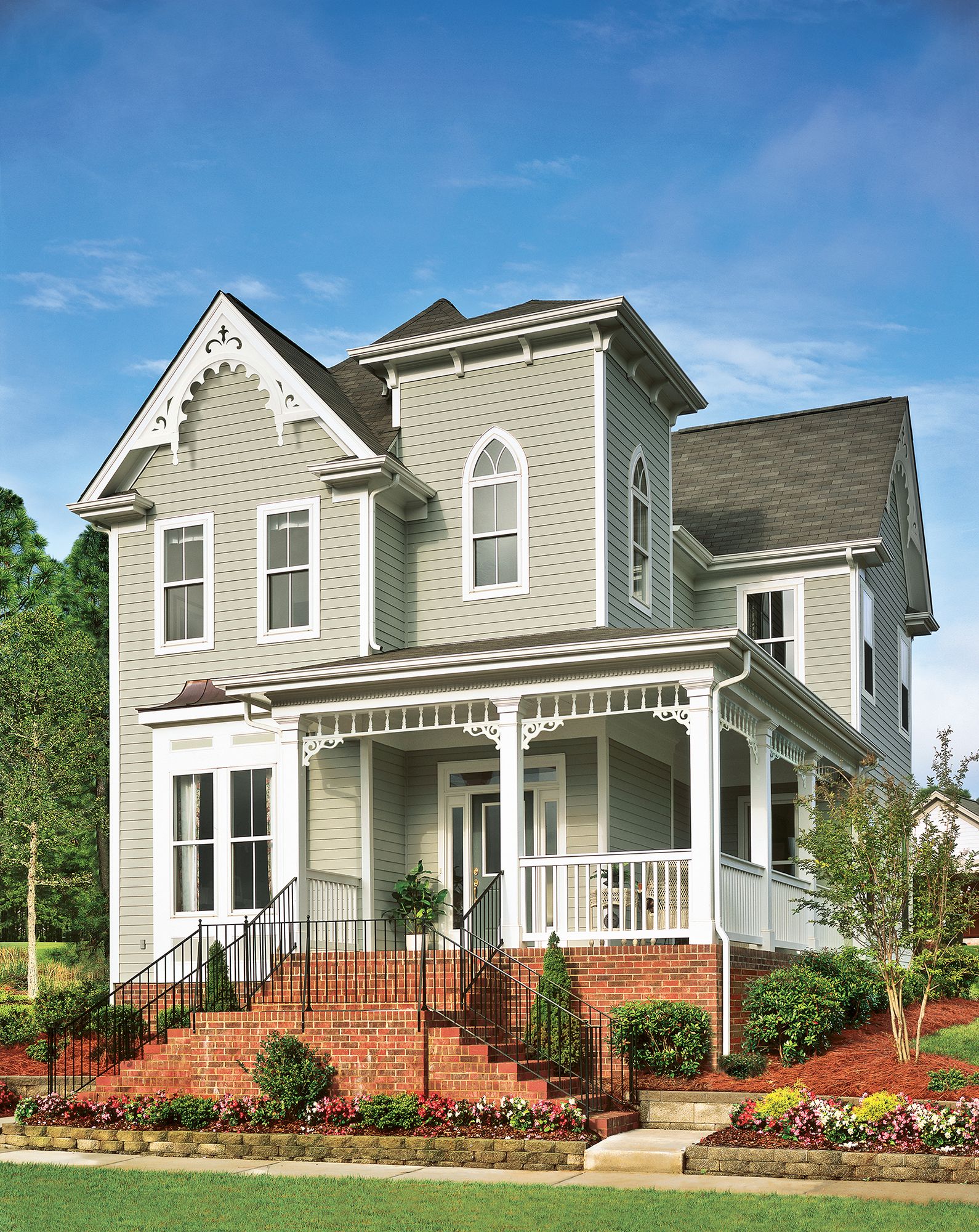Fiber cement siding has become an increasingly popular option for homeowners who want siding that’s both durable and attractive. We’ll explain fiber cement siding’s composition, benefits, drawbacks, installation process, costs, and long-term value. By the end of this article, you’ll have the knowledge you need to decide whether fiber cement siding is the right choice for your home.
What Is Fiber Cement Siding?
Fiber cement siding is a construction material used to cover the exterior of buildings. Made from a mixture of cement, sand, and cellulose fibers, it provides a resilient and low-maintenance alternative to traditional siding materials such as wood, vinyl, and aluminum. The cement provides strength, the sand adds stability, and the cellulose fibers give it flexibility, reducing the likelihood of cracking.
To manufacture fiber cement siding, the raw materials are blended together, and the mixture is formed into sheets or planks. The planks are subjected to high-pressure steam curing to enhance their durability. The sheets or planks are cut to size and may be prepainted or preprimed before distribution.
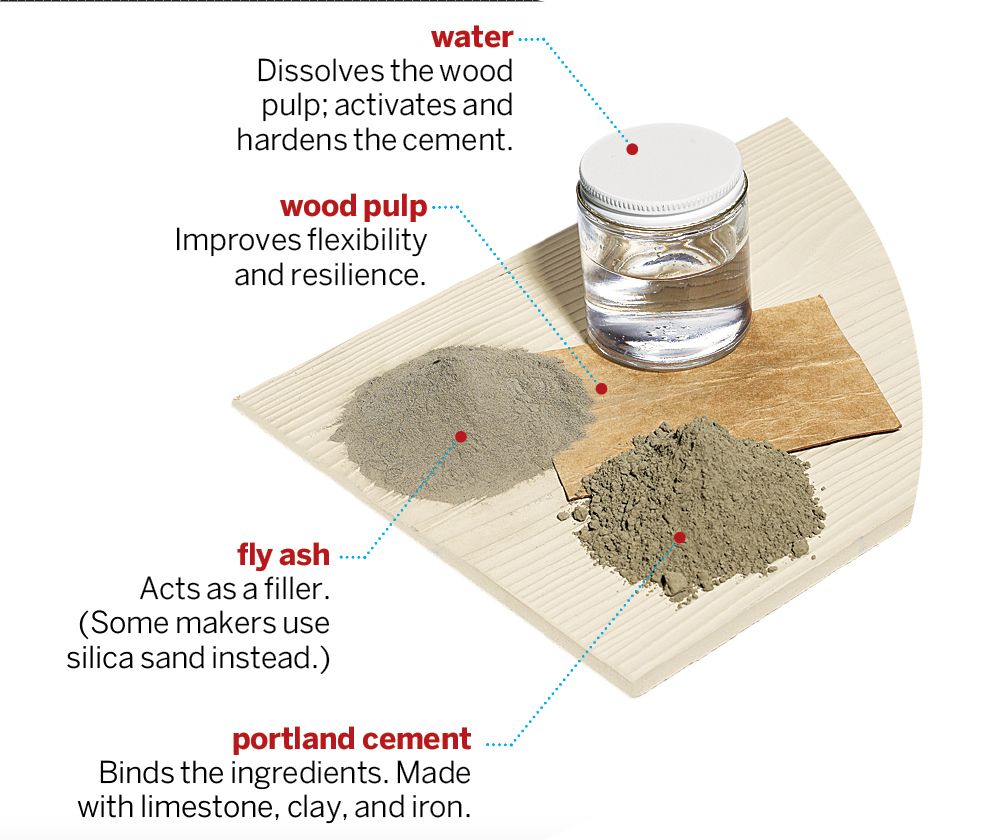
Benefits of Fiber Cement Siding
Fiber cement siding offers many benefits that make it an attractive option for homeowners.
Durability
One of the standout advantages of fiber cement siding is its exceptional durability. It’s resistant to environmental factors, including harsh weather conditions, UV rays, and moisture. Unlike wood siding, fiber cement doesn’t warp or rot, ensuring a longer lifespan for your home’s exterior.
Low Maintenance
Another major benefit is its low maintenance requirements. Fiber cement siding doesn’t require frequent painting or staining, and it’s resistant to pests such as termites and carpenter ants. Routine cleaning with a garden hose or pressure washer is typically sufficient to keep it looking pristine.
Aesthetic Appeal
Fiber cement siding is available in an array of colors and textures. Whether you prefer the look of wood grain, smooth finishes, or stucco, fiber cement siding can mimic various styles. Plus, the color of prepainted fiber cement siding is baked on, providing a long-lasting finish that withstands fading and peeling.
Fire Resistance
Homeowners concerned about fire safety will appreciate that fiber cement siding is non-combustible. Unlike wood siding, which can fuel a fire, or vinyl siding, which can melt, fiber cement siding offers more protection against fire hazards.
Drawbacks of Fiber Cement Siding
While fiber cement siding has many benefits, it also has some downsides.
Installation Complexity
Installing fiber cement siding can be more complex and time-consuming than other siding options. It requires specialized tools and skills, making professional installation highly recommended. Improper installation can lead to issues such as water infiltration and reduced longevity.
Cost
Fiber cement siding costs more and requires more skill to install than vinyl or wood siding. According to HomeAdvisor, it costs between $5 and $14 per square foot, with an average cost of $14,850 for a full installation.* Weigh the initial investment against the long-term savings in maintenance and durability.
*All cost data in this article sourced from HomeAdvisor.
Weight
Fiber cement siding is heavier than other materials, such as vinyl and aluminum. This added weight can make handling and installation more challenging and may require reinforced structural support in some cases.
Cost Analysis
The cost of fiber cement siding can vary based on several factors, including material, labor, and additional expenses.
Material Costs
The cost of fiber cement siding materials can range from $5–$14 per square foot. This cost includes the siding panels, trim, and any prefinished options. While this is more than vinyl siding, which costs $3–$12 per square foot, the extended lifespan and low maintenance can offset the initial investment.
Labor Costs
Labor costs for installing fiber cement siding generally range from $2–$8 per square foot. We recommend professional installation to ensure proper handling and fitting. More complex installations, such as those involving multiple stories or intricate designs, may incur higher labor costs.
Additional Expenses
Homeowners should consider additional expenses such as the following:
- Removal of existing siding: Removing old siding can average $0.25–$0.75 per square foot, depending on the material and complexity of removal.
- Structural repairs: Any necessary repairs to the underlying structure can add to the final project price.
- Permits and inspections: Some areas may require permits and inspections, which will increase the project’s total cost.
Long-Term Savings
Despite the higher initial costs, fiber cement siding can offer long-term savings through reduced maintenance and increased durability. Homeowners can save on frequent painting, repairs, and pest control, making it a cost-effective choice over time.
Installation Process and Considerations
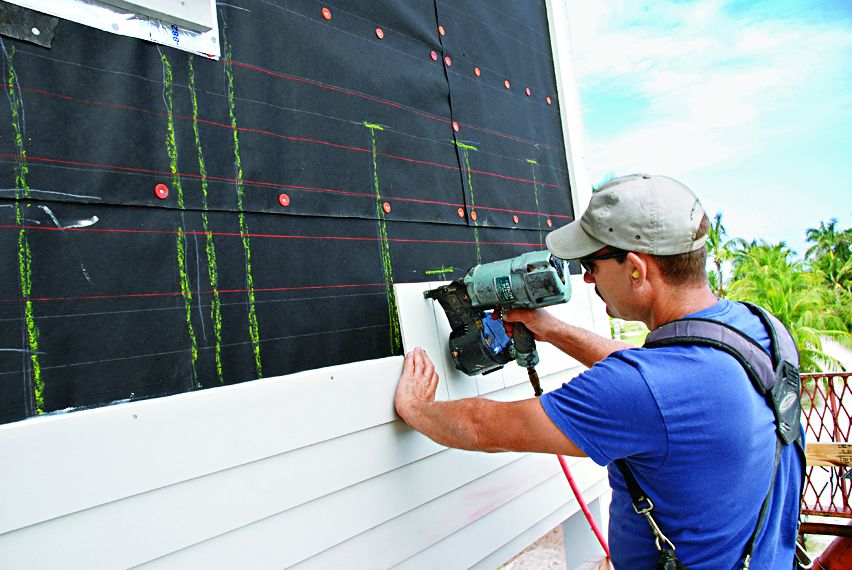
Properly installing fiber cement siding ensures it lasts long and performs well. Here, we’ll outline the key steps in the installation process.
Preparation
Before installation begins, the existing siding, if any, must be removed, and the exterior walls should be inspected for damage or rot. Any necessary repairs should be completed to provide a sound surface for the new siding.
Cutting and Handling
Cutting fiber cement siding requires specialized tools, such as circular saws with diamond-tipped blades, to prevent chipping and ensure clean cuts. Due to the dust generated during cutting, take safety precautions, including wearing masks and goggles. Handling this material with care helps avoid damage to the panels.
Installation Steps
You or your professional installer will take the following steps to install your fiber cement siding:
- Weather barrier application: Install a water-resistant barrier over the exterior walls to protect against moisture infiltration.
- Starter strip installation: Attach a starter strip at the bottom of the wall to support the first course of siding.
- Siding placement: Begin installing the siding panels from the bottom up, ensuring that each panel overlaps the one below it. Use corrosion-resistant nails to secure the panels, leaving a small gap for expansion.
- Trimming and sealing: Install trim around windows, doors, and corners to provide a finished look. Apply caulk to seal gaps and prevent water penetration.
- Final inspection: Conduct a thorough inspection to ensure all panels are securely fastened and sealed.
Professional Installation
While DIY enthusiasts may be tempted to tackle siding installation, professional installation is highly recommended. Professional installers have the skills, tools, and experience to ensure a flawless and long-lasting finish. Plus, many manufacturers’ warranties may only be valid if the siding is installed by a certified professional.
Comparing Fiber Cement to Other Siding Materials
When selecting siding for your home, you may want to compare fiber cement siding to other popular materials. Here, we provide a balanced view of the pros and cons of fiber cement siding compared to vinyl, wood, and aluminum siding.
Vinyl Siding

Vinyl siding is generally less expensive than fiber cement siding, both in terms of material and installation costs. It requires minimal maintenance and doesn’t need painting. It’s available in a wide range of colors and styles. However, it isn’t as attractive or high-end-looking as other siding options, and it’s prone to cracking or warping under extreme temperatures.
Wood Siding
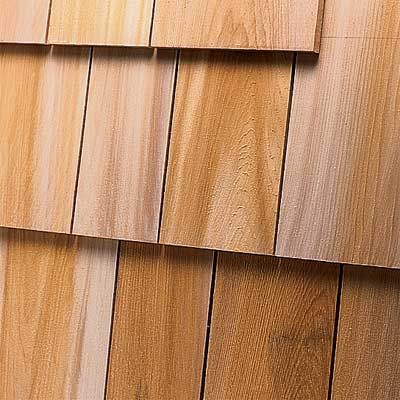
Wood siding offers a natural and timeless look that some homeowners prefer. It can be painted or stained in any color, providing flexibility in design. That said, it’s susceptible to pests, rot, weather, and fire damage, and it requires painting or staining as often as every three years.
Aluminum Siding
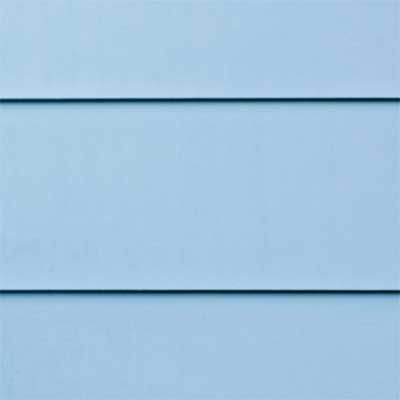
Aluminum siding is easier and quicker to install due to its lightweight nature. It’s eco-friendly since it can be recycled. While aluminum siding can be painted, it doesn’t offer the same visual appeal as fiber cement or wood siding, and it’s prone to denting and damage from wind, weather, and impacts.
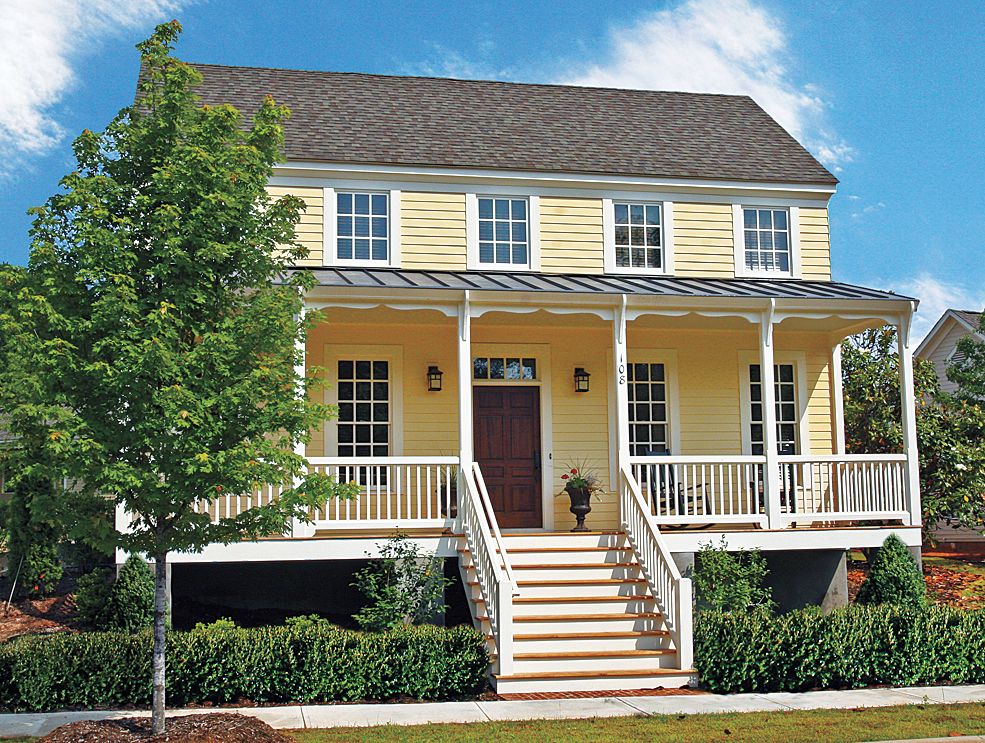
Maintenance and Care
While fiber cement siding is low maintenance, regular care can extend its lifespan and keep it looking its best. Here are some tips for maintaining and caring for your fiber cement siding.
Cleaning
Keep your fiber cement siding clean by rinsing it at least once a year with a garden hose or pressure washer. For stubborn dirt and stains, use mild detergent and a soft brush. Avoid harsh chemicals and abrasive materials that could damage the finish.
Inspections
Periodically inspect your siding for any signs of damage, such as cracks or chips. Promptly address any issues to prevent moisture infiltration and further damage. Check the caulking around windows, doors, and trim and reapply as needed to maintain a watertight seal.
Painting
Although pre-finished fiber cement siding has a long-lasting color, repainting may be necessary every 10 to 15 years to refresh its appearance. Use high-quality exterior paint designed for fiber cement siding and follow the manufacturer’s recommendations for preparation and application.
Repairs
If any panels become damaged, repair or replace them as soon as possible. Damaged siding can let in water and pests that can spread damage through your walls and home. Small cracks or chips can be filled with a suitable exterior patching compound, while larger damage may require panel replacement.
Eco-Friendly and Health Benefits
Homeowners are increasingly concerned about the environmental and health impacts of building materials. Fiber cement siding offers several eco-friendly and health benefits.
Sustainability
Fiber cement siding is made from natural and abundant materials, such as sand, cement, and cellulose fibers. Its long lifespan reduces the need for frequent replacements, minimizing waste. Some manufacturers produce fiber cement siding with recycled content, further enhancing its sustainability.
Indoor Air Quality
Unlike other siding materials that may off-gas volatile organic compounds (VOCs), fiber cement siding is inert and doesn’t contribute to indoor air pollution. This makes it a healthier choice for homeowners concerned about indoor air quality.
Resistance to Mold and Mildew
Fiber cement siding’s composition makes it resistant to mold and mildew growth. This is particularly beneficial in humid or damp climates, where mold and mildew can pose health risks and damage other siding materials.
Long-Term Value and Return on Investment
Investing in fiber cement siding can increase the value of your home and provide a significant return on investment (ROI). Homeowners can enjoy enhanced curb appeal, durability, and reduced maintenance costs. Fiber cement siding is known to have a high resale value, making it an attractive feature for potential homebuyers.
Our Conclusion
Fiber cement siding is a durable, low-maintenance, and versatile option for homeowners who want to boost their home’s value and curb appeal. Its initial cost is higher than some siding materials, but its long-term benefits, including durability, fire resistance, and lack of maintenance, make it a good choice for many homes.
